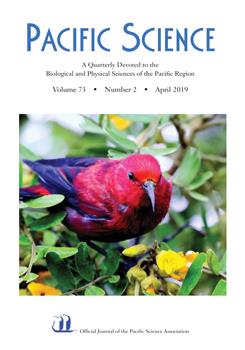Efficient in situ and ex situ conservation strategies are urgently needed in biodiversity hotspots, where high concentrations of endemic plant species are undergoing exceptional loss of habitat. In particular, determining seed desiccation sensitivity is a key prerequisite to design storage methods useful for ex situ programs. In this study, we explored seed desiccation sensitivity and its link with phenological and morphological traits as well as with the environmental variables for 45 New Caledonian plant species. Desiccation sensitivity was quantified through RH50, that is, the relative humidity at which 50% of initial viable seeds died. RH50 was found to be positively associated with the initial seed water content, seed mass, precipitation seasonality, precipitation of the warmest quarter, and presence in rainforest habitats. In contrast, the ability of species to endure desiccation increased in drier habitats such as dry forest. We also found that desiccation sensitivity was consistent at the genus level. These new data provide the basis to establish conservation plans for a large array of plant species in New Caledonia. Moreover, this study may help us to better understand the underlying mechanisms of desiccation sensitivity and to predict desiccation sensitivity of other taxa within the New Caledonian flora on the basis of taxonomy, functional traits and environmental features.
How to translate text using browser tools
12 April 2019
Environmental Correlates for Seed Desiccation Sensitivity of New Caledonian Plant Species
Octavie Toublanc-Lambault,
Robin Pouteau,
Marion Davezies,
Manon Marron,
Anthony Pain,
Bruno Fogliani,
Philippe Marmey
ACCESS THE FULL ARTICLE

Pacific Science
Vol. 73 • No. 2
April 2019
Vol. 73 • No. 2
April 2019
conservation
hotspot
South Pacific
storage
tropical biodiversity




